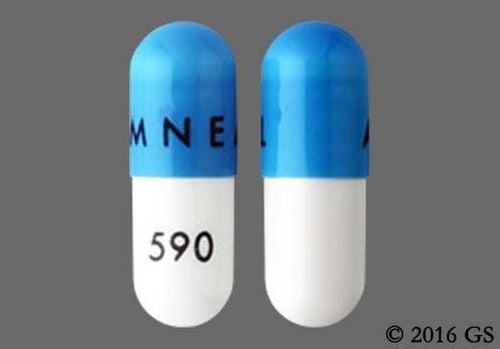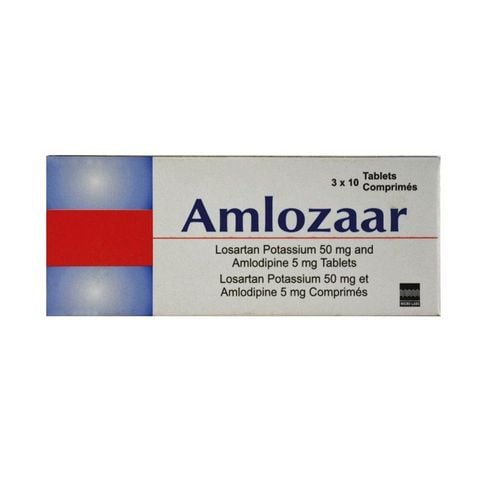This is an automatically translated article.
Patients with end-stage renal failure, low glomerular filtration rate to remove excess body products and excess water need dialysis. However, in the process of dialysis can occur some complications, in which low blood pressure during hemodialysis is a common complication.1. What is hemodialysis?
Hemodialysis is a method of filtering the blood outside the body to remove waste products and excess water from the body. Thanks to the method of dialysis using an artificial kidney, it helps patients with end-stage renal failure improve and prolong life.
Patients with renal failure syndrome that has caused brain dysfunction, hyperkalemia for which medical therapy is ineffective, acidosis that cannot be treated by medical therapy, clearance coefficient Creatinine less than 10ml/min/1.73m2 is indicated for hemodialysis treatment. However, when on hemodialysis, complications can occur such as:
Low blood pressure: this is a common complication during hemodialysis. Mainly related to volume reduction during aspiration for hemodialysis. Cramps: Cramps are also more common in the first months of hemodialysis than in the later stages. Vomiting and Nausea: May occur in about 10% of routine hemodialysis cases and has many causes for this complication. The cause is mostly due to low blood pressure; Additionally, nausea and vomiting can be early symptoms of imbalance syndrome. Headache: A common complication of hemodialysis, however, the cause is unknown. Chest pain and back pain: Hemodialysis may cause mild chest pain or chest discomfort, but must be differentiated from other causes of chest pain such as hemolysis, air embolism, pericarditis ...may be accompanied by signs of back pain. Pruritus: A common complication in hemodialysis patients. Patients may develop pruritus during hemodialysis, or worsen the pruritus, or chronic pruritus when the patient is lying in bed or sitting in a chair for a long time while on hemodialysis. Less common but serious complications to watch out for are water and electrolyte imbalance syndrome, allergic reactions, cardiac arrhythmias, cardiac tamponade, intracranial hemorrhage, convulsions, and air embolism.
.

Người bệnh có thể xuất hiệu triệu chứng bất thường như đau lưng và ngực
2 Common causes of low blood pressure during hemodialysis
There are many causes that can lead to low blood pressure during hemodialysis such as:
Low blood pressure due to an excessive or rapid decrease in blood volume such as: Massive weight gain between two close dialysis sessions, time short dialysis time, dry weight is lower than actual dry weight, due to incorrect or incorrect calculation of withdrawals leading to excessive withdrawal. Hypotension in dialysis originates mainly from hypovolemia due to aspiration for which the compensatory response is inadequate. Low blood pressure due to vasodilation During hemodialysis, the dialysis fluid temperature should be maintained. This causes a drop in blood pressure. Eating while on hemodialysis leads to dilation of blood vessels in the digestive system, increasing blood flow to the gastrointestinal tract venous system, thus causing arterial hypotension. Using antihypertensive drugs: Patients with hypertension need to use antihypertensive drugs, but should avoid taking blood pressure drugs before dialysis to limit the complications of hypotension when dialysis. Cardiovascular-related hypotension: Patients with cardiovascular disease are at increased risk of hypotension during hemodialysis. Myocardial ischemia, heart failure, myocardial infarction, atrial fibrillation, cardiac tamponade. Diastolic function. Diastolic dysfunction is common in dialysis patients due to hypertension, coronary artery disease, and uremia syndrome. Hypotension during dialysis is often associated with decreased cardiac output, in heart failure, but the compensatory mechanism in the heart does not increase cardiac output. Rare causes: Air embolism, membrane allergy, hemolysis, sepsis.
3. How to prevent low blood pressure during hemodialysis
To limit hypotension, hemodialysis needs to take some measures:
Before the first hemodialysis, the patient needs to be prepared for several weeks. Indicators need to be prepared before hemodialysis such as weight, blood pressure, pulse and body temperature, the patient has access to blood vessels. Use a dialysis machine with an ultrafiltration control. Currently, most dialysis machines have this device.

Sử dụng máy chạy thận có bộ phận kiểm soát siêu lọc giúp phòng tránh tụt huyết áp khi chạy thận nhân tạo
Avoid excessive weight gain between two dialysis sessions, by limiting salt intake (< 1 kg/day). Limiting salt intake has been found to be much more effective in reducing weight gain between dialysis sessions by reducing fluid intake Increasing dialysis time is an effective way to reduce the rate of fluid withdrawal and the risk of hypotension. pressure in dialysis. It is recommended that the duration of each dialysis session should not be reduced to less than 3 hours (for a three-week regimen) in patients with oliguria or anuria. In patients with hypotension during previous dialysis sessions, the duration of dialysis should be extended by 30 minutes. Evaluate repeatedly and very carefully the dry weight. Miscalculation of dry weight can cause a drop in blood pressure during dialysis, often a drop in blood pressure after dialysis with cramps, dizziness, malaise, and fatigue. Patients with hypertension should take antihypertensive drugs daily after dialysis. Use a filtrate with a temperature of 35.5°C, which can be reduced or increased as needed and as tolerated by the patient. Make sure not to be too anemic during hemodialysis. The pre-dialysis hemoglobin level was about 11 g/dL. Do not eat or drink anything or take oral glucose during dialysis in patients prone to hypotension. Hypotension is a common complication that can sometimes be seen by clinical signs. However, if you do not pay attention, the patient can have a life-threatening drop in blood pressure, so it is necessary to monitor blood pressure during hemodialysis.
Vinmec International General Hospital is a high-quality medical facility in Vietnam with a team of highly qualified medical professionals, well-trained, domestic and foreign, and experienced.
A system of modern and advanced medical equipment, possessing many of the best machines in the world, helping to detect many difficult and dangerous diseases in a short time, supporting the diagnosis and treatment of doctors the most effective. The hospital space is designed according to 5-star hotel standards, giving patients comfort, friendliness and peace of mind.
Please dial HOTLINE for more information or register for an appointment HERE. Download MyVinmec app to make appointments faster and to manage your bookings easily.













